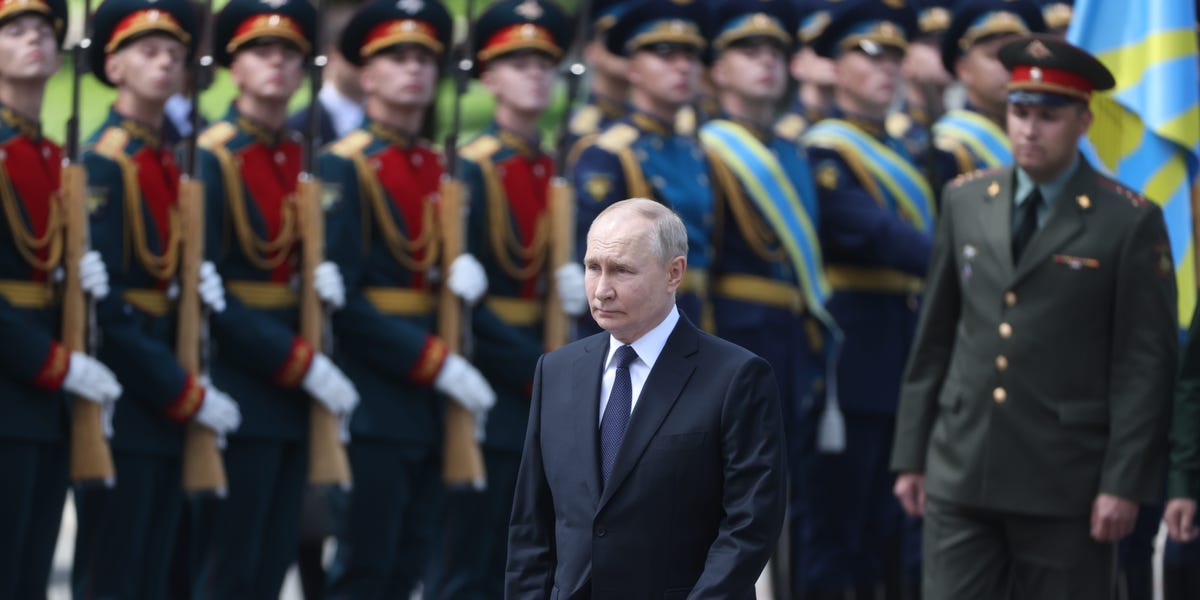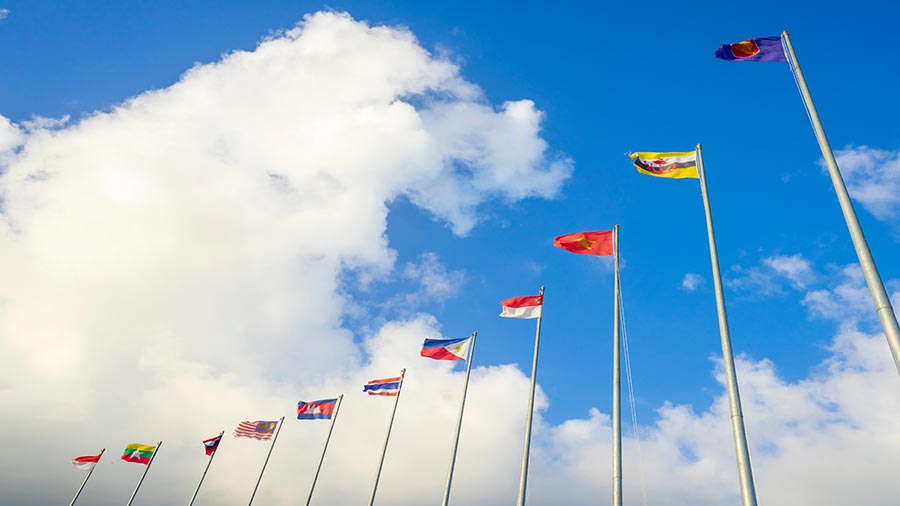China
China’s Central Bank, Aircraft-Carrier Style
If there’s any question where China’s first aircraft carrier stands in the eyes of officialdom, China’s central bank has answered it.

If there’s any question where China’s first aircraft carrier stands in the eyes of officialdom, China’s central bank has answered it.
China’s economy during the past 30 years has changed from a centrally planned system that was largely closed to international trade to a more market-oriented economy that has a rapidly growing private sector and is a major player in the global economy.
One demographic consequence of the “one child” policy is that China is now one of the most rapidly aging countries in the world.
The People’s Republic of China is the world’s second largest economy after the United States by both nominal GDP ($5 trillion in 2009) and by purchasing power parity ($8.77 trillion in 2009).
The restructuring of the economy and resulting efficiency gains have contributed to a more than tenfold increase in GDP since 1978.
Its mineral resources are probably among the richest in the world but are only partially developed.
A report by UBS in 2009 concluded that China has experienced total factor productivity growth of 4 per cent per year since 1990, one of the fastest improvements in world economic history.
Over the years, large subsidies were built into the price structure, and these subsidies grew substantially in the late 1970s and 1980s.
On top of this, foreign direct investment (FDI) this year was set to “surpass $100 billion”, compared to $90 billion last year, ministry officials predicted.
In 2009, global ODI volume reached $1.1 trillion, and China contributed about 5.1 percent of the total.
It also aims to sell more than 15 million of the most fuel-efficient vehicles in the world each year by then.
China’s challenge in the early 21st century will be to balance its highly centralized political system with an increasingly decentralized economic system.
Even with these improvements, agriculture accounts for only 20% of the nation’s gross national product.
China is the world’s largest producer of rice and wheat and a major producer of sweet potatoes, sorghum, millet, barley, peanuts, corn, soybeans, and potatoes.
Hogs and poultry are widely raised in China, furnishing important export staples, such as hog bristles and egg products.
There are also extensive iron-ore deposits; the largest mines are at Anshan and Benxi, in Liaoning province.
China is among the world’s four top producers of antimony, magnesium, tin, tungsten, and zinc, and ranks second (after the United States) in the production of salt, sixth in gold, and eighth in lead ore.
Major industrial products are textiles, chemicals, fertilizers, machinery (especially for agriculture), processed foods, iron and steel, building materials, plastics, toys, and electronics.
There are railroads to North Korea, Russia, Mongolia, and Vietnam, and road connections to Pakistan, India, Nepal, and Myanmar.
Read the original here:
China’s Central Bank, Aircraft-Carrier Style
Business
Russia’s Booming Economy is Straining a Vital Trading Route with China

Russia’s railway industry is experiencing a significant downturn, with a nearly 30% investment cut and a 5% freight volume decline, complicating trade with China amidst the economic impacts of the Ukraine war.
Downward Trend in Russia’s Railway Industry
Russia’s railway industry is currently experiencing a significant downturn, largely due to the impacts of the ongoing conflict in Ukraine. According to MMI Research, this sector is facing its biggest slowdown since the Great Financial Crisis, with freight volumes dropping by 5% in the first 11 months of 2024. The war-driven economy has hindered trade, particularly with China, which heavily relies on rail transport.
Investment Cuts and Economic Consequences
Investment in Russia’s railways is set to decrease by almost 30% next year, dropping to 890 billion rubles (approximately $8.5 billion). This reduction is attributed to high interest rates, currently at a record 21%, which further complicate financing options. The state-owned Russian Railways is reconsidering future investments, indicating potential cuts by another third through 2030.
Challenges Affecting Trade with China
The decline in rail capacity poses significant challenges for Russia’s trade with China. As Western sanctions push Russia to diversify its trade routes, rail transport has become increasingly vital for moving goods. However, supply bottlenecks, exacerbated by the need to transport war-related materials, threaten to disrupt this crucial trading relationship further.
Source : Russia’s overheated economy is squeezing one of Moscow’s key trading channels with China
Business
Democrat Claims Musk is Undermining Spending Bill Due to China Restrictions – The Hill

A Democrat claims Elon Musk influenced the reduction of a spending bill due to its restrictions on China, suggesting his actions impacted the legislation’s progress and funding allocation.
Allegations Against Musk
A prominent Democrat has accused Elon Musk of deliberately sabotaging a significant spending bill in response to China-related restrictions. This accusation comes amid ongoing tensions between the U.S. and China, particularly regarding technology and trade policies. The claims suggest that Musk’s influence is affecting critical legislative processes, raising concerns among lawmakers about foreign influence in American politics.
Implications for Legislation
The potential ramifications of Musk’s alleged actions could be significant. As a major player in the tech industry, his decisions can sway public opinion and impact the economy. Lawmakers fear that if influential figures like Musk oppose necessary legislation, it might hinder efforts to address vital issues such as national security and economic stability.
Political Reactions
The controversy has sparked debates among both Democrats and Republicans, highlighting the intersection of technology and politics. Many are demanding greater transparency and accountability from tech giants. As the situation unfolds, lawmakers may need to reassess their strategies to ensure that essential legislation moves forward uninterrupted.
Source : Democrat accuses Musk of tanking spending bill over China restrictions – The Hill
China
Dissolving a Company in China: A Comparison of General Deregistration and Simplified Deregistration

China promotes simplified deregistration to enhance its business environment, offering a faster process requiring fewer documents than general deregistration. Companies must meet eligibility criteria, resolve issues, and can choose procedures based on their situation, ensuring compliance for both options.
In addition to the general deregistration procedures, China has been promoting simplified deregistration as one of the key measures to enhance its business environment. This article highlights the differences between the general and simplified procedures, explains the eligibility criteria, and clarifies common misunderstandings about these processes.
Foreign investors may decide to close their business for multiple reasons. To legally wind up a business, investors must complete a series of procedures involving multiple government agencies, such as market regulatory bureaus, foreign exchange administrations, customs, tax authorities, banking regulators, and others. In this article, we outline the company deregistration process overseen by the local Administration for Market Regulation (AMR), comparing the general and simplified procedures.
Before 2016, companies could only deregister through the general procedure. However, on December 26, 2016, the Guidance on Fully Promoting the Reform of Simplified Company Deregistration Procedures was released. Effective March 1, 2017, simplified deregistration procedures were implemented nationwide. Since then, there have been two options: general procedures and simplified procedures.
Companies must follow the general deregistration process if any of the following conditions apply (hereinafter referred to as “existing issues”):
Companies not facing the above issues may choose either the general or simplified deregistration process.
In summary, simplified deregistration is a faster process and requires fewer documents compared to general deregistration. Companies that meet the criteria typically would typically opt for simplified deregistration. Those that do not meet the criteria may choose this route after resolving outstanding issues. For companies with unresolved issues but seeking urgent closure, they can first publish a deregistration announcement. Once the announcement period ends and all issues are addressed, they can proceed with general deregistration. Some companies may question the legitimacy and compliance of simplified deregistration. This is a misconception. “Simplified” does not mean non-compliant, just as “general” does not imply greater legitimacy. Both processes are lawful and compliant. The AMR provides these options to enable companies ready for closure to complete the process efficiently while granting those with unsolved issues the necessary time to address them after publishing the deregistration announcement. Companies can select the most suitable process based on their specific circumstances.
| This article was first published by China Briefing , which is produced by Dezan Shira & Associates. The firm assists foreign investors throughout Asia from offices across the world, including in in China, Hong Kong, Vietnam, Singapore, and India . Readers may write to info@dezshira.com for more support. |
Read the rest of the original article.













